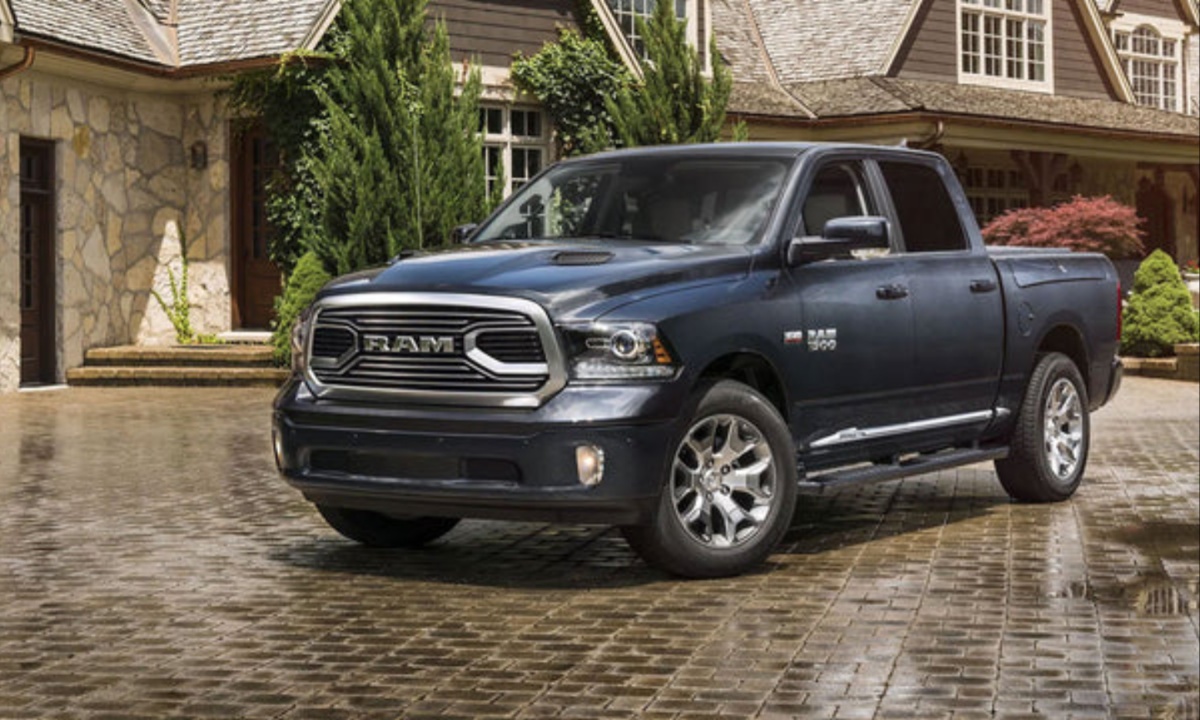When people shop for pickup trucks, they often focus on the engine size, towing capacity, or even the brand name. While these factors are important, they don’t always give a full picture of how durable or dependable a truck really is. Underneath the surface, there are parts that determine how long a truck will last, how much weight it can truly handle, and how well it stands up to real-world work.
Suspension systems, axles, transmissions, and frames all play a major role in deciding if a truck belongs on the job site or just in a grocery store parking lot. Some pickups are built with strong, purpose-driven components meant to last for hundreds of thousands of miles under stress. Others look tough but are built with parts that wear out fast, crack under pressure, or simply aren’t designed for hard work.
A good number of truck buyers assume that just because a pickup looks big and has a high horsepower number, it can automatically handle heavy work. That’s not always true. Automakers sometimes cut corners with certain parts to save money or to make the truck more comfortable for daily driving.
Unfortunately, this can result in trucks that are unreliable when pushed hard. This matters even more for people who haul loads, tow trailers, or use their trucks as work tools. On the other hand, there are trucks that might not make a lot of noise in advertisements but are built like tanks underneath. These pickups have stronger differentials, reinforced chassis, better cooling systems, and transmissions built to take punishment.
It’s also important to note that within any brand lineup, there can be a wide range of quality. For example, a truck made for light-duty use might share a badge with a heavy-duty sibling, but the parts used in each can be completely different. People who don’t pay attention to these differences might end up disappointed when their truck starts showing signs of stress far earlier than expected.
Meanwhile, those who do the research or have experience with trucks tend to find models that not only perform well but also keep going for years with fewer breakdowns. Below is a list of five pickups known for their heavy-duty parts and five others that have earned a reputation for using weaker components. This information can help buyers make more informed decisions about what kind of truck they really need.
Also Read: 15 Most-Owned Vehicles in America and What Drivers Really Think
5 Pickups With Heavy-Duty Parts
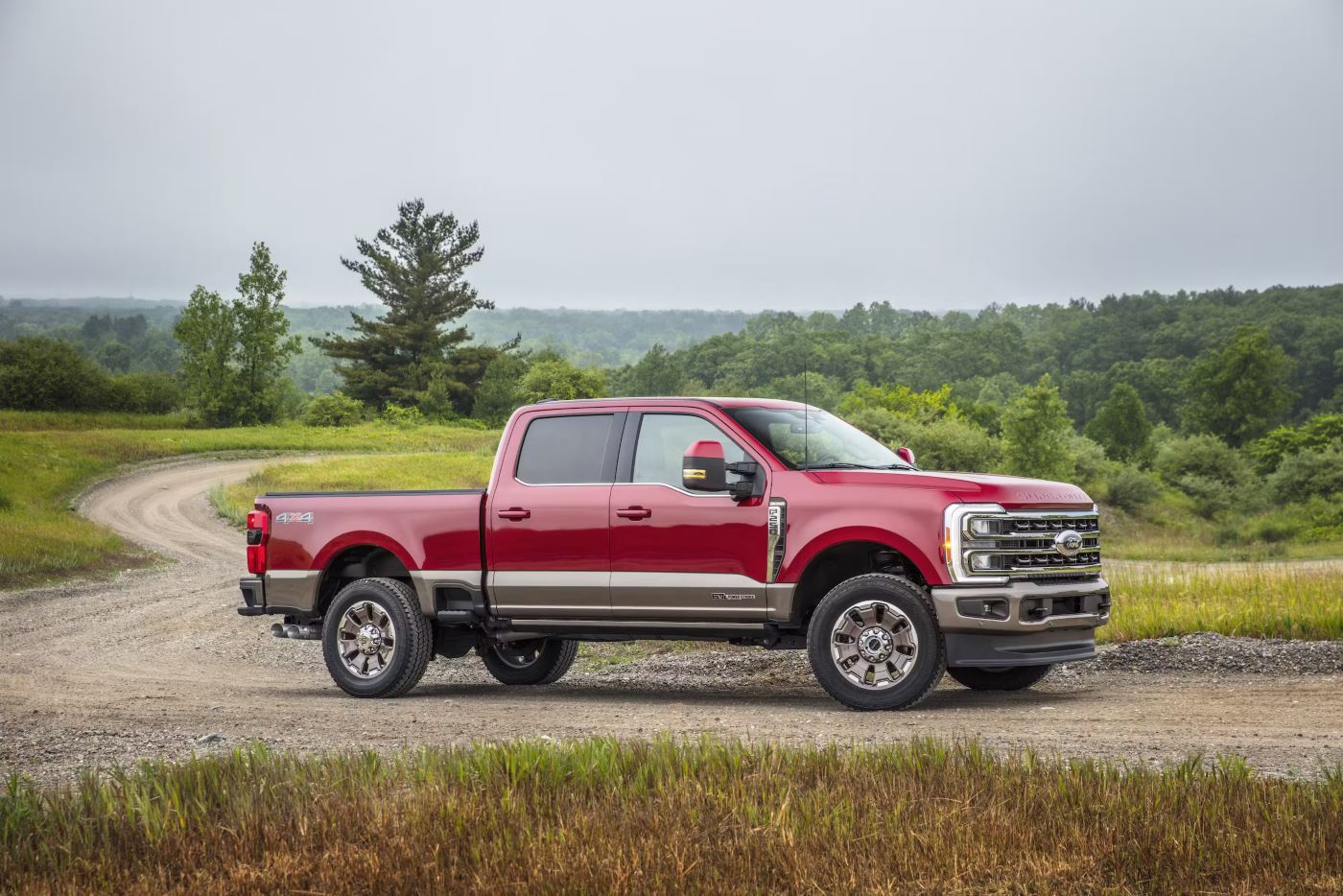
1. Ford Super Duty F-350 – Heavy-Duty Components
The Ford F-350 Super Duty has earned a reputation for its rugged design and ability to take on hard work without wearing down quickly. One of the biggest strengths of the F-350 lies in its chassis. The fully boxed frame is made of high-strength steel that resists bending and twisting, especially under heavy loads.
This kind of frame gives the truck an edge in towing and hauling, as it provides a solid foundation that doesn’t flex under pressure. Many other pickups still use open C-channel frames that can weaken over time when used aggressively. The F-350 is built with work in mind, and its underpinnings reflect that.
Another strong point of the F-350 is its suspension setup. Depending on the configuration, it uses heavy-duty leaf springs in the rear and strong coil springs or even dual-rear-wheel options in the front.
These systems allow it to carry massive payloads without sagging or compromising ride stability. Combined with solid axles, especially the Dana 60 front axle found in many configurations, the F-350 can handle off-road stress and job site abuse. These are parts that last a long time and are often seen in commercial-grade vehicles.
The transmission choices in the F-350 are also built to last. Whether it’s the older TorqShift 6-speed or the newer 10-speed automatic, Ford designed these gearboxes to handle torque well above what’s found in many competitors.
They include robust cooling systems, better torque converters, and improved gear ratios for towing. This kind of attention to mechanical detail makes a difference when pulling a trailer uphill or moving through uneven terrain. Breakdowns in this area are rare when properly maintained.
Finally, the F-350’s driveline is another area that shows attention to strength. From the transfer case to the driveshafts and U-joints, the parts are built with a long service life in mind. These trucks are often used in construction, farming, and even emergency response, where downtime is not acceptable. Over time, the F-350 has proven it can stay operational even when other trucks start falling apart.
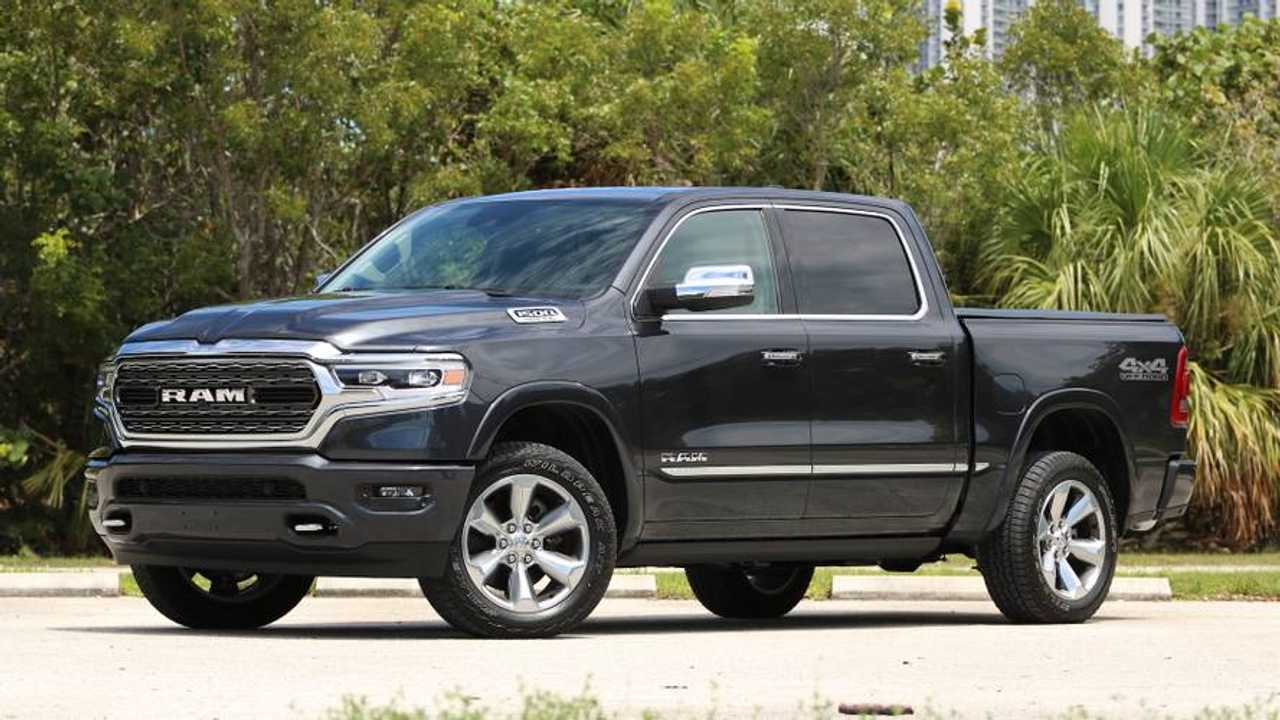
2. Ram 1500 (Some Trims) – Weak Components
While the Ram 1500 has made big improvements in recent years in terms of ride quality and interior comfort, some versions still use components that aren’t built for demanding work.
One common complaint is the rear suspension system. Unlike other full-size pickups that use leaf springs, some Ram 1500 models use coil springs in the rear. While this provides a smoother ride for passengers, it compromises payload capacity. When the truck is loaded heavily, it can sag in the rear, leading to instability and uneven wear on tires and shocks.
Another area where certain Ram 1500s fall short is the front suspension. The control arms and ball joints in earlier model years have been known to wear out prematurely, especially if the truck is driven on rough roads or used for off-road purposes.
Some owners report squeaking, clunking, or poor alignment after only a few years of use. Replacing these parts frequently adds to the cost of ownership and signals that the original components might not be up to the task.
The transmission can also be a weak spot in some versions of the Ram 1500. While the newer 8-speed automatics are much better, earlier 4-speed and 6-speed options had reliability concerns.
Slipping gears, delayed shifting, or overheating were issues that some owners experienced, especially under load. Transmission rebuilds are not only expensive but can also mean long downtime for owners who depend on their trucks daily.
Lastly, some drivetrain parts in light-duty Ram 1500s, like the driveshafts and rear differentials, are not built as tough as those found in the brand’s HD lineup.
When used for towing near their limits, these parts have been known to develop issues such as vibrations, fluid leaks, or outright failure. While the truck may look capable on paper, the real-world durability of its components can fall short for people expecting commercial-level performance.
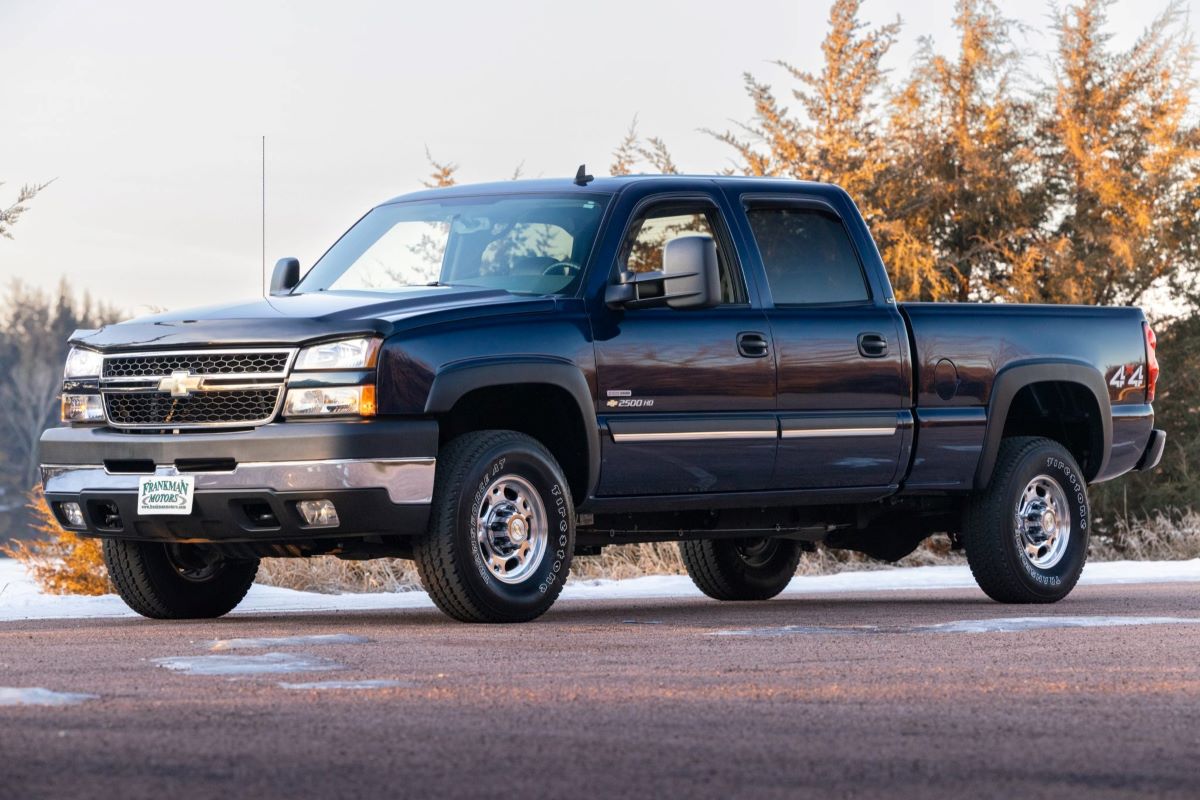
3. Chevrolet Silverado 2500HD – Heavy-Duty Components
The Silverado 2500HD is another truck known for its use of strong components built for real work. One of its strongest features is the frame. Made from high-tensile steel, the frame is designed to reduce flex under load and improve towing stability.
This is especially important when towing large trailers or hauling heavy equipment. The boxed frame runs the full length of the truck, providing both strength and durability in areas where a traditional frame might wear down or rust over time.
Suspension parts in the 2500HD are another highlight. The front uses a torsion bar system, which has advantages in terms of ride height adjustment and strength. The rear uses multi-leaf springs with additional overload leaves, giving the truck extra capacity when it’s fully loaded.
These parts hold up well under consistent heavy use, and their design makes them easier to maintain or upgrade if needed. Unlike some light-duty trucks that struggle when pushed hard, the 2500HD stays composed even when towing close to its maximum capacity.
One of the most praised parts of the Silverado 2500HD is its Allison transmission. Known for reliability, the Allison units are used in both diesel and gas engine configurations and are designed to take high torque without overheating or slipping.
These transmissions are popular in commercial and military vehicles for a reason. They’re often considered among the most robust available in any pickup class. The cooling systems for both engine and transmission are also improved compared to light-duty models.
Other drivetrain parts such as the axles and differentials, are also strengthened in this model. With large ring gears, durable housings, and heavy-duty bearings, the 2500HD is able to manage the stress of hauling without failures that plague some smaller trucks. Maintenance is still important, but these parts are designed with longevity and toughness in mind, making the 2500HD a solid pick for demanding tasks.
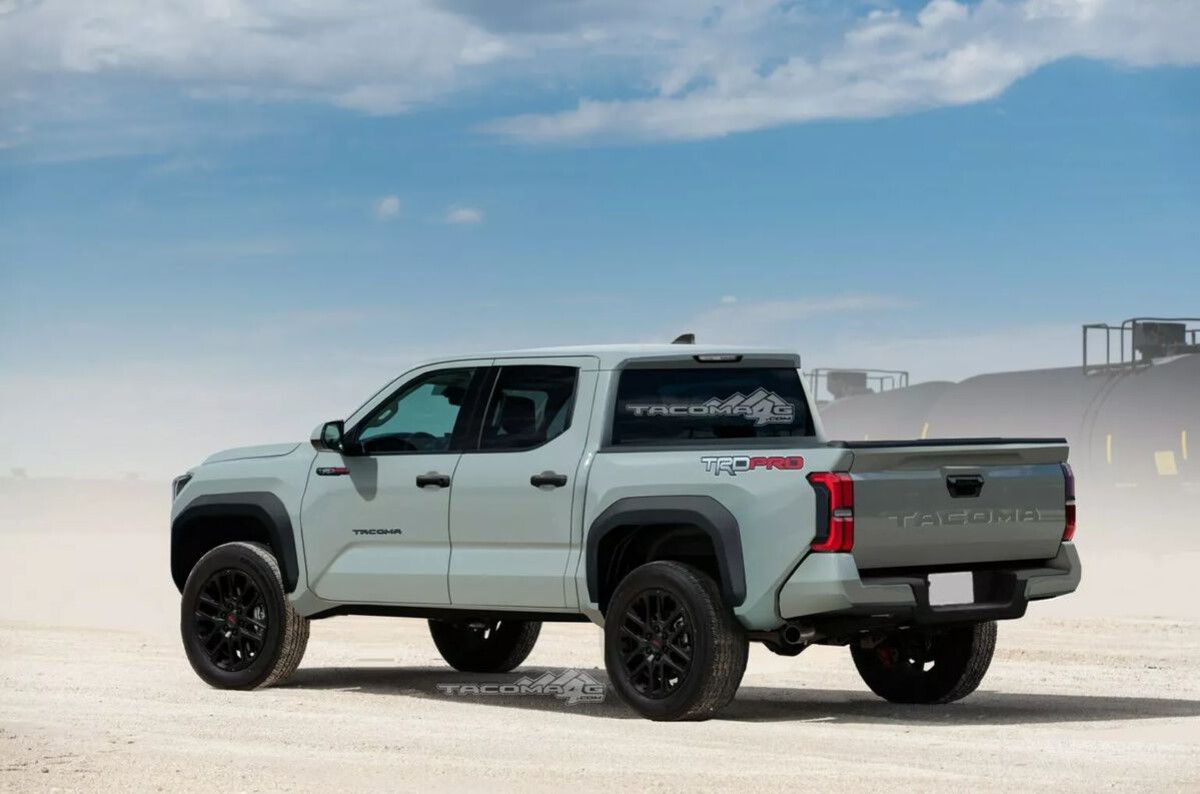
4. Toyota Tundra TRD Pro – Heavy-Duty Components
The Toyota Tundra TRD Pro is built with a focus on durability and off-road toughness. Unlike many pickups that emphasize luxury or everyday comfort, the TRD Pro uses parts tested in harsh conditions. The frame of the Tundra is constructed from high-strength steel, designed to resist twisting when carrying heavy loads or traversing uneven terrain.
This frame design helps the truck maintain stability even in challenging environments, whether that’s hauling construction materials or navigating rocky trails. Toyota has engineered this platform to balance strength with weight, allowing the truck to carry heavy payloads without sacrificing agility.
The suspension system on the Tundra TRD Pro is particular. It includes specially tuned Fox internal bypass shocks, which provide excellent damping control over rough terrain. These shocks absorb impacts while also maintaining vehicle control, reducing wear on the rest of the suspension components.
In addition to the shocks, the front suspension employs robust upper and lower control arms made from thick stamped steel, designed to withstand repeated impacts and resist bending.
The rear suspension uses multi-leaf springs that offer excellent load-carrying capabilities. This combination creates a suspension setup that excels in heavy-duty use and rough environments, making the Tundra a favorite among those who need both off-road ability and toughness.
The drivetrain components of the Tundra TRD Pro are also carefully selected for durability. The truck features a heavy-duty transfer case and reinforced axles that handle the stress of torque transfer even under challenging conditions. These parts are built with tougher materials and better sealing to keep dirt and moisture out, reducing the chances of premature wear.
Toyota’s engineers have also incorporated large U-joints and stronger driveshafts to accommodate the high torque produced by the truck’s V8 engine. This drivetrain robustness extends the vehicle’s operational life, especially for those who push their trucks hard.
Lastly, the Tundra TRD Pro’s braking and cooling systems contribute to its heavy-duty status. It features larger disc brakes with ventilated rotors that dissipate heat efficiently, preventing brake fade during long descents or heavy towing.
The cooling system includes a high-capacity radiator and auxiliary coolers for the transmission and engine oil, ensuring consistent performance under load. This attention to supporting components means the Tundra TRD Pro not only has strong mechanical parts but also the necessary systems to keep those parts running at peak efficiency.
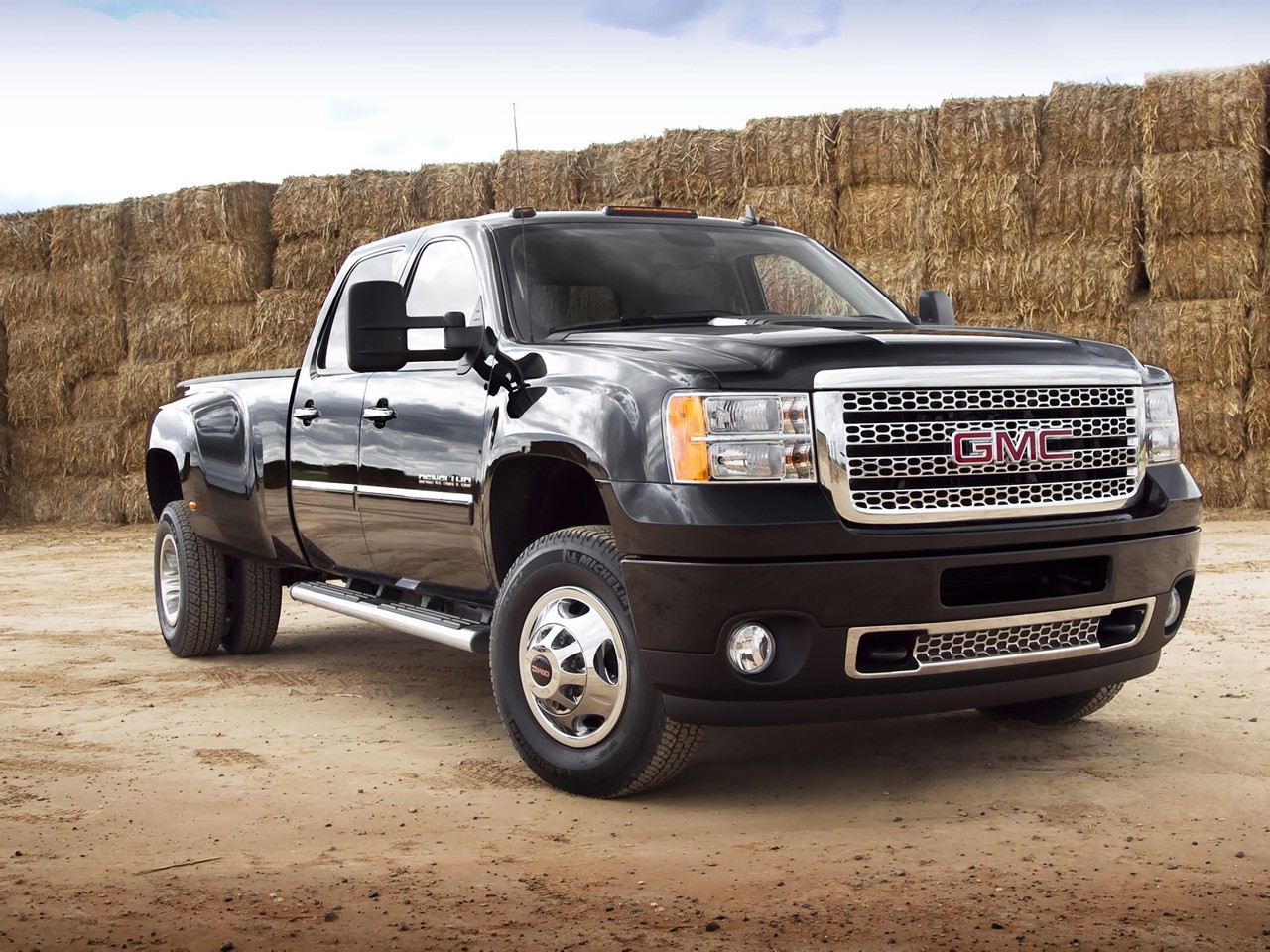
5. GMC Sierra 3500HD – Heavy-Duty Components
The GMC Sierra 3500HD stands out in the heavy-duty pickup market due to its combination of commercial-grade hardware and premium features. One of the key elements of its durability is the frame, which is made from fully boxed high-strength steel.
This provides superior resistance to torsional flex compared to traditional ladder frames used in lighter trucks. This design choice helps the Sierra maintain stability and strength when hauling extremely heavy loads or towing large trailers. Additionally, the frame is treated with corrosion-resistant coatings, extending its lifespan and making it well-suited for use in harsh weather or rough terrain.
Suspension components on the Sierra 3500HD include multi-leaf rear springs with overload leaves and heavy-duty front suspension components designed to handle significant weight. The rear springs have been engineered to minimize sagging under maximum payloads, which helps maintain ride quality and control.
The front suspension uses solid axles with reinforced components to handle the repeated shocks and stresses that come from carrying heavy equipment or driving on rough roads. These components are designed to last longer and require less frequent replacement compared to light-duty pickups.
The transmission in the Sierra 3500HD is another highlight of its heavy-duty build. It often features Allison 10-speed automatic transmissions, which are praised for their smooth shifting, reliability, and ability to handle high torque outputs.
These transmissions include advanced cooling technology and hardened internal parts to prevent overheating and wear under heavy use. When paired with the truck’s powerful Duramax diesel engine, the transmission allows the Sierra to tow massive loads with minimal strain on the drivetrain.
Finally, the axles and differentials in the Sierra 3500HD are purpose-built for strength. They feature large ring gears, heavy-duty bearings, and reinforced housings that improve durability when under stress.
The axles are designed to handle the combined weight of the truck, payload, and trailer, reducing the chances of mechanical failures during demanding work. The locking differentials also enhance traction in tough conditions, which is a critical feature for work trucks operating on uneven or slippery surfaces.
5 That Use Weak Components
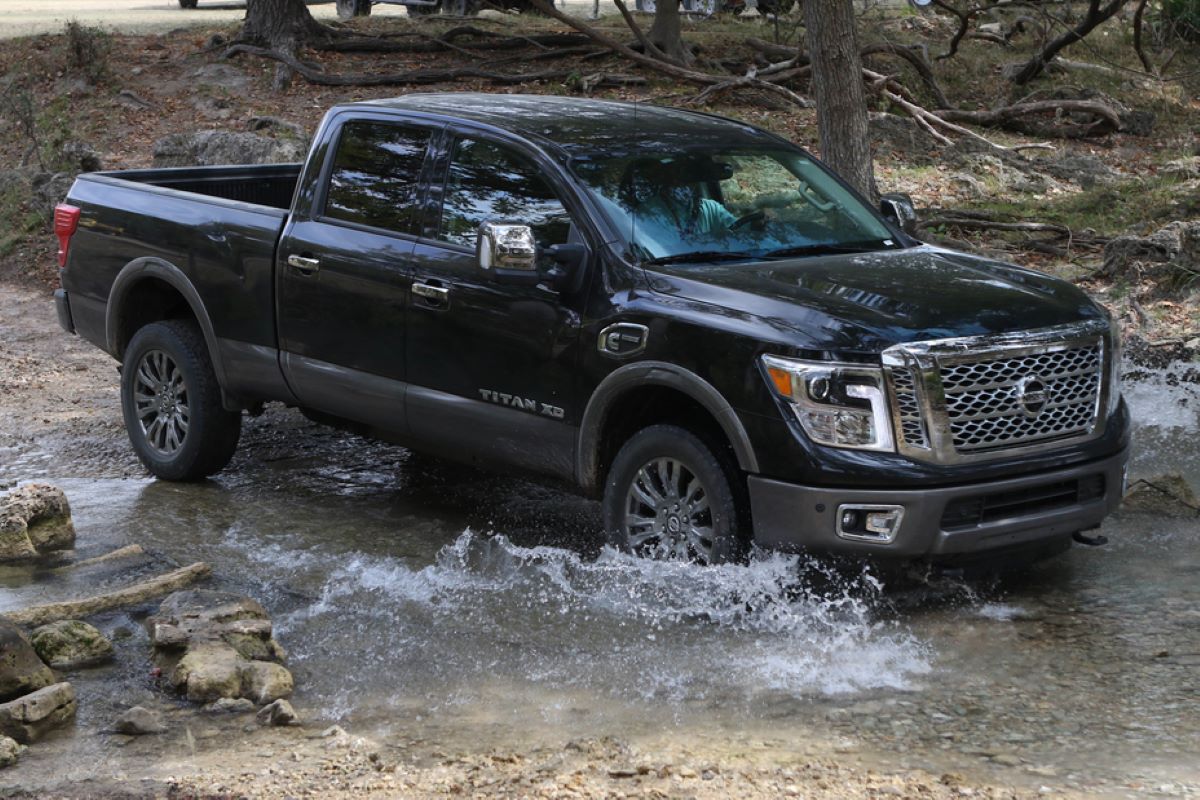
6. Nissan Titan XD – Heavy-Duty Components
The Nissan Titan XD sits between the light-duty and heavy-duty pickup classes, offering some features that are uncommon in half-ton trucks. Its frame is one of the main reasons for this distinction. The Titan XD uses a fully boxed frame constructed from high-strength steel, which is more rigid than the open channel frames found in many light-duty pickups.
This design gives the Titan XD the ability to resist twisting forces and maintain structural integrity under heavy loads. This makes the truck better suited for towing large trailers or carrying heavy payloads compared to typical half-ton pickups.
Suspension parts on the Titan XD include heavy-duty coil springs in the front and multi-leaf springs in the rear with additional overload leaves. This suspension setup provides a balance between comfort and capacity.
While coil springs offer better ride quality, the extra leaves in the rear help the truck carry heavier loads without sagging. The front suspension components are also beefed up compared to standard pickups, with reinforced control arms and durable ball joints that hold up well under stress.
The drivetrain in the Titan XD features a strong transmission paired with a powerful Cummins diesel engine option, which requires tougher components to handle the increased torque. Nissan equips the Titan XD with a heavy-duty 6-speed automatic transmission designed to withstand the demands of towing and hauling.
The driveshafts and differentials are larger and stronger compared to light-duty models, built to handle the higher power output without failure. These parts are also designed to be more serviceable, with easier access for repairs and maintenance.
Cooling systems and braking are also enhanced to meet the truck’s heavier-duty profile. The Titan XD uses larger brakes with ventilated rotors and additional cooling fans to prevent fade during heavy braking, particularly when towing.
The engine cooling system is designed to maintain lower operating temperatures under load, helping to protect the engine and transmission from overheating. This makes the Titan XD a solid choice for drivers who want the capability of a heavy-duty truck without moving fully into the commercial vehicle segment.
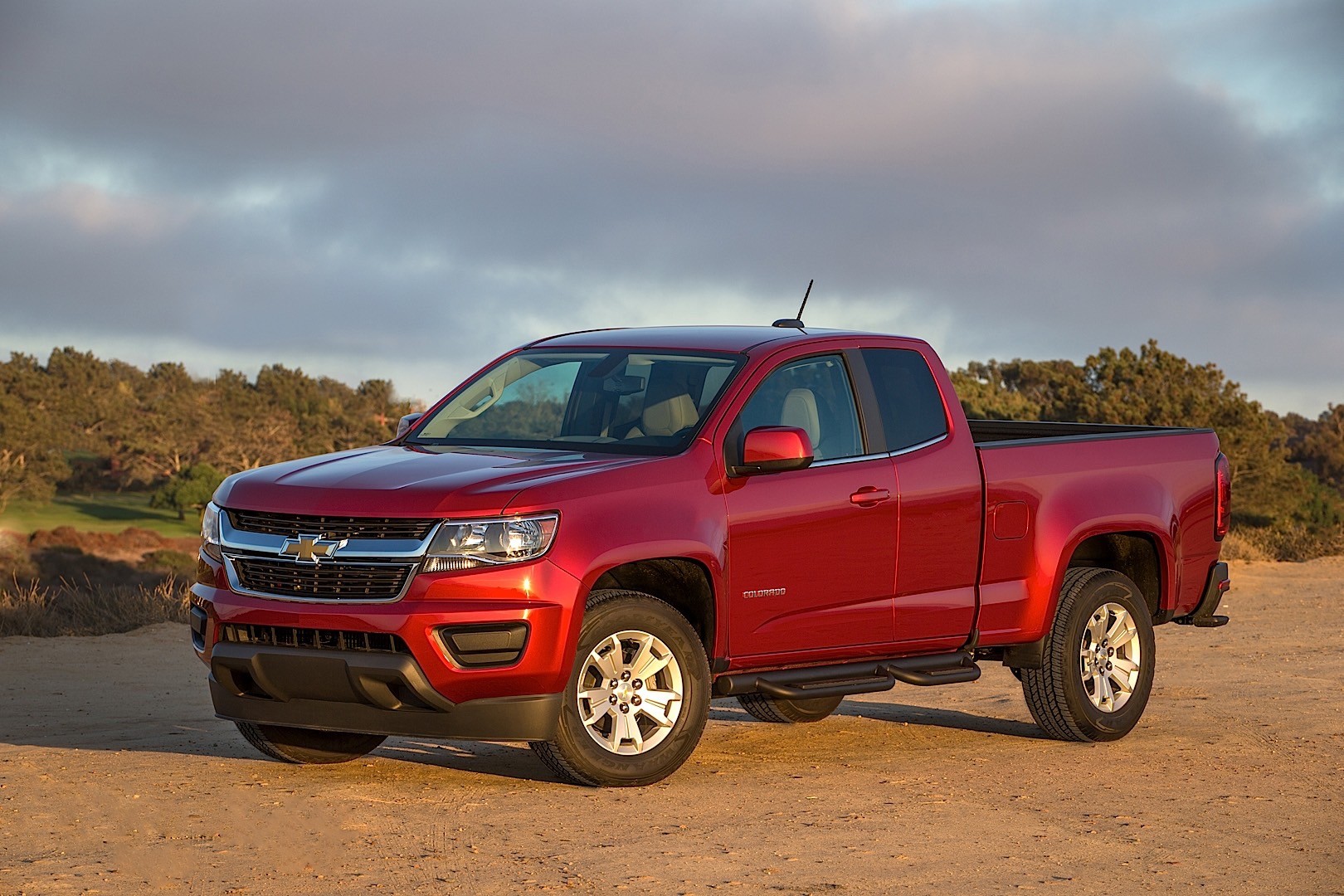
7. Chevrolet Colorado (Some Trims) – Weak Components
The Chevrolet Colorado, particularly in its earlier model years, is known for using some parts that don’t hold up well under heavy-duty use. While it’s classified as a midsize pickup, some buyers expect it to perform tasks closer to those of larger trucks.
Unfortunately, several components reveal weaknesses when pushed beyond light or moderate work. The frame is one example. It uses a ladder frame design made from thinner steel compared to full-size pickups, which can lead to frame flex and fatigue over time when carrying heavy loads or towing frequently.
The suspension system in many Colorado models is tuned more for comfort and daily driving rather than toughness. The front suspension uses control arms with bushings that can wear prematurely, causing loose steering or clunking noises.
The rear suspension often features five-link coil springs, which provide a smooth ride but have limited load capacity. This can lead to sagging and instability when carrying heavy payloads, especially if the truck is not equipped with optional heavy-duty suspension packages.
Transmission issues have also been reported, especially in early versions of Colorado’s six-speed automatic transmission. Problems like harsh shifting, delayed engagement, and occasional slipping have been documented.
These problems tend to become more common under towing conditions or when the truck is used for frequent stop-and-go driving. Repairing or replacing these transmissions can be costly, and the symptoms often appear earlier than expected.
Finally, the drivetrain components, such as axles and differentials in the Colorado, are not as robust as those found in larger pickups. These parts may wear quickly if the truck is used off-road or for towing near its limits.
Some owners have reported noises or leaks from the differentials, which are signs of accelerated wear. While the Colorado is a capable truck for lighter tasks, those looking for heavy-duty performance may find its components lacking in durability.
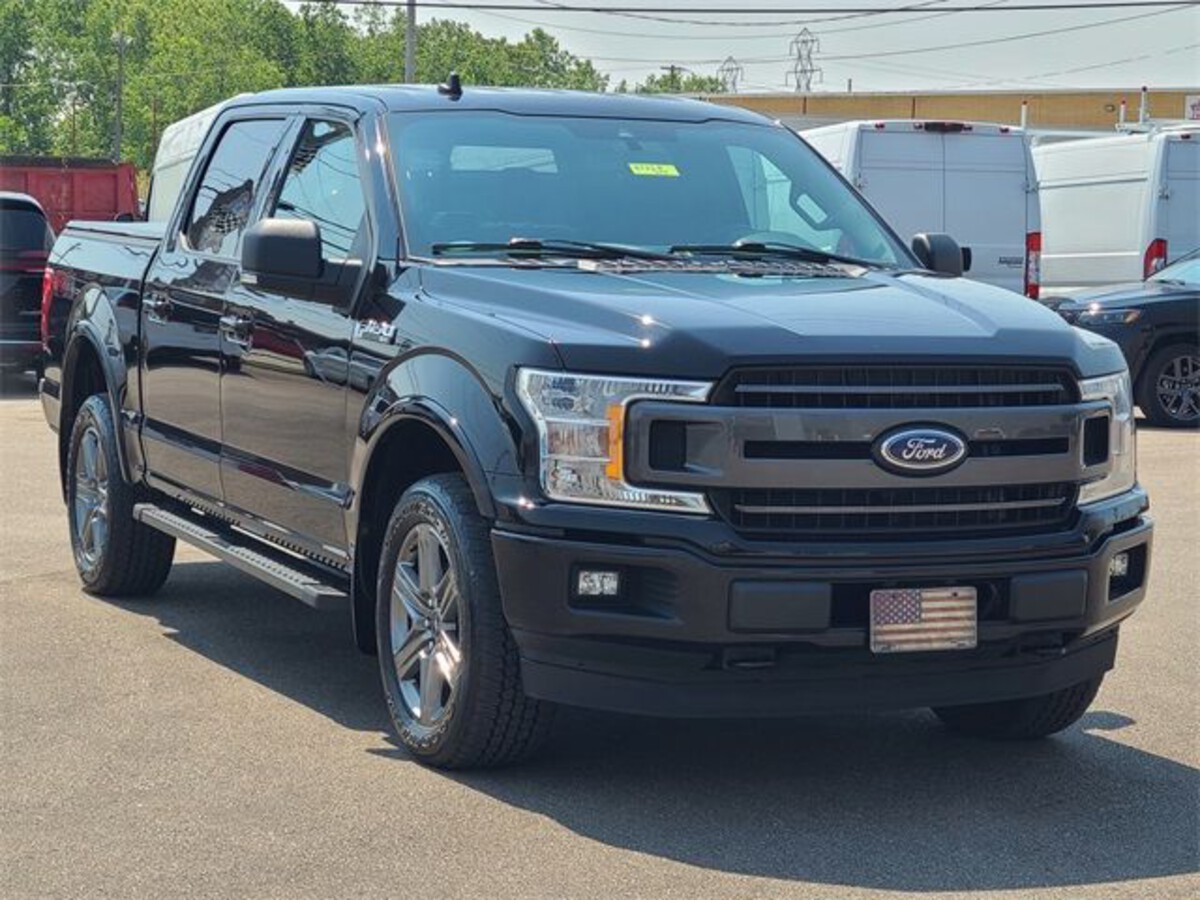
8. Ford F-150 (Some Models) – Weak Components
The Ford F-150 has been America’s best-selling truck for decades, but some models, especially those aimed at light-duty buyers, use components that don’t hold up well under serious work.
One common area of concern is the frame. While newer models have improved with stronger materials, older F-150s used a frame that was prone to flexing and corrosion. This frame was not fully boxed, which made it less resistant to twisting forces encountered during heavy towing or hauling.
The suspension components on some F-150 trims are also more suited for comfort and light-duty use rather than heavy workloads. Many models use coil springs in the rear, which provide a smoother ride but are not designed for high payloads.
This can cause the truck to sag or bottom out when fully loaded. Additionally, the front suspension’s control arms and bushings are known to wear out prematurely, especially if the truck is driven off-road or on rough surfaces regularly.
Transmission reliability is another issue in certain F-150 models. Earlier six-speed automatics and even some 10-speed versions had problems with rough shifting and occasional failure when towing heavy trailers.
These transmissions are complex and expensive to repair. Owners who push the truck beyond its intended capacity may experience reduced transmission lifespan. The transmission cooling system in some models is also insufficient for extended towing in hot climates.
Drivetrain components, including the axles and differentials, are another weak point for some F-150 variants. These parts are often lighter-duty compared to Ford’s Super Duty trucks and may not withstand heavy towing or frequent off-road use. Axle bearings, seals, and U-joints can fail earlier than expected, causing costly repairs. The F-150 is a great truck for many uses, but some trims lack the heavy-duty parts needed for demanding work.
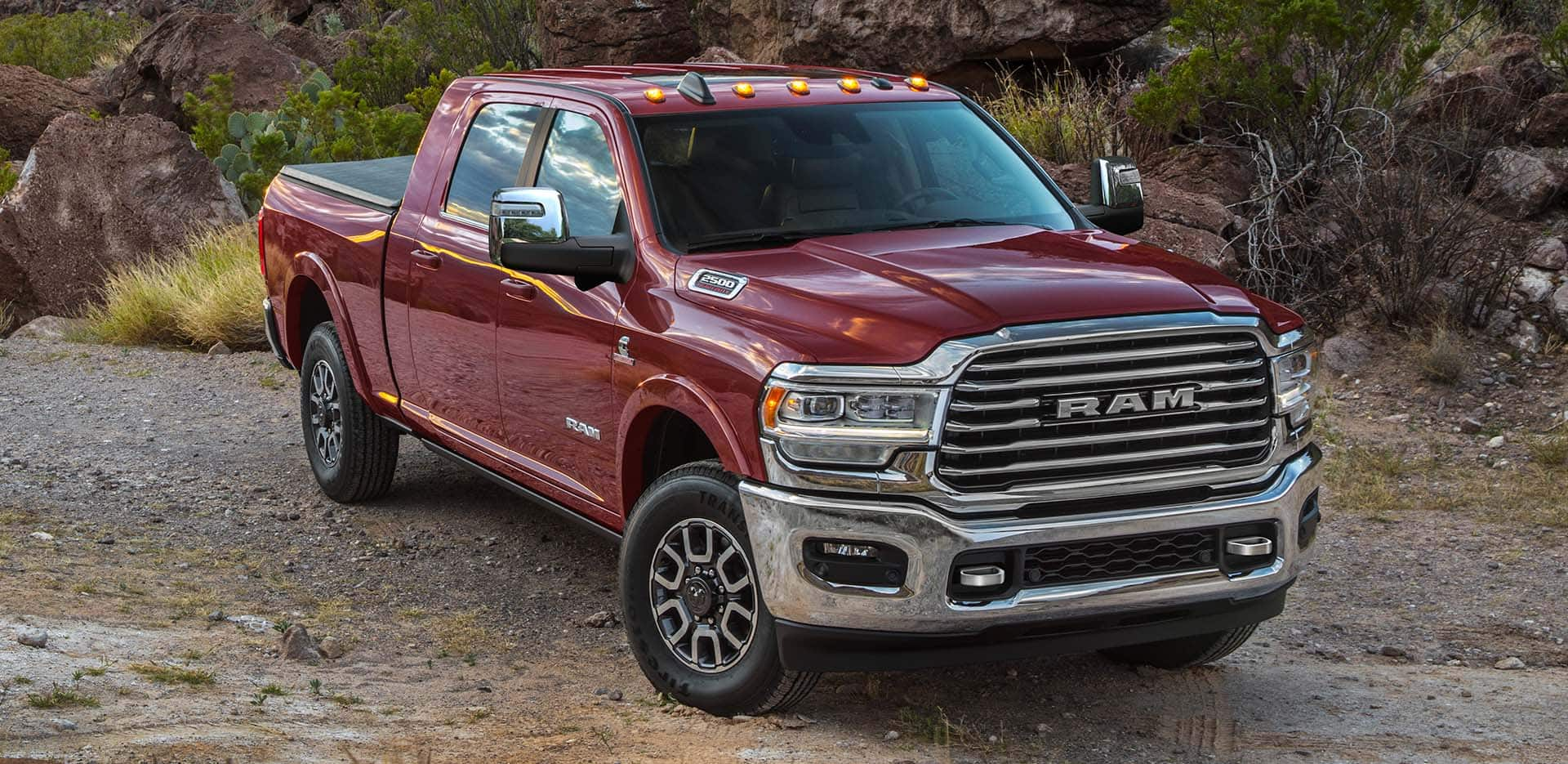
9. Ram 2500 (Certain Configurations) – Weak Components
While the Ram 2500 generally has a strong reputation, certain configurations, especially those with gas engines and lighter-duty packages, use parts that aren’t as durable as their diesel or heavy-duty counterparts.
The frame in these models can be less reinforced compared to other heavy-duty pickups, using thinner steel that is more prone to rust and flexing over time. This affects the truck’s ability to maintain stability under heavy loads or long-term stress.
The suspension system in these lighter 2500s also shows signs of weakness. Some versions use coil springs in the rear instead of leaf springs, which limits payload capacity. The front suspension components, such as ball joints and control arms, are known to wear quickly if the truck is used off-road or under load frequently. Replacement parts can be expensive and labor-intensive to install, adding to ownership costs.
The transmissions found in some Ram 2500 trims have had issues with reliability, particularly in earlier model years. Problems like slipping, harsh shifts, and overheating have been reported, especially when the truck is used for towing. These transmissions are often paired with less advanced cooling systems, which do not adequately protect the unit under continuous heavy use.
Additionally, some drivetrain components like axles and differentials in these lighter Ram 2500 models are not as heavy-duty as those found in Ram 3500 or HD diesel trucks. They may wear prematurely or fail under repeated stress, leading to vibrations, leaks, or even complete breakdowns. Buyers looking for dependable heavy-duty performance should consider these factors carefully.
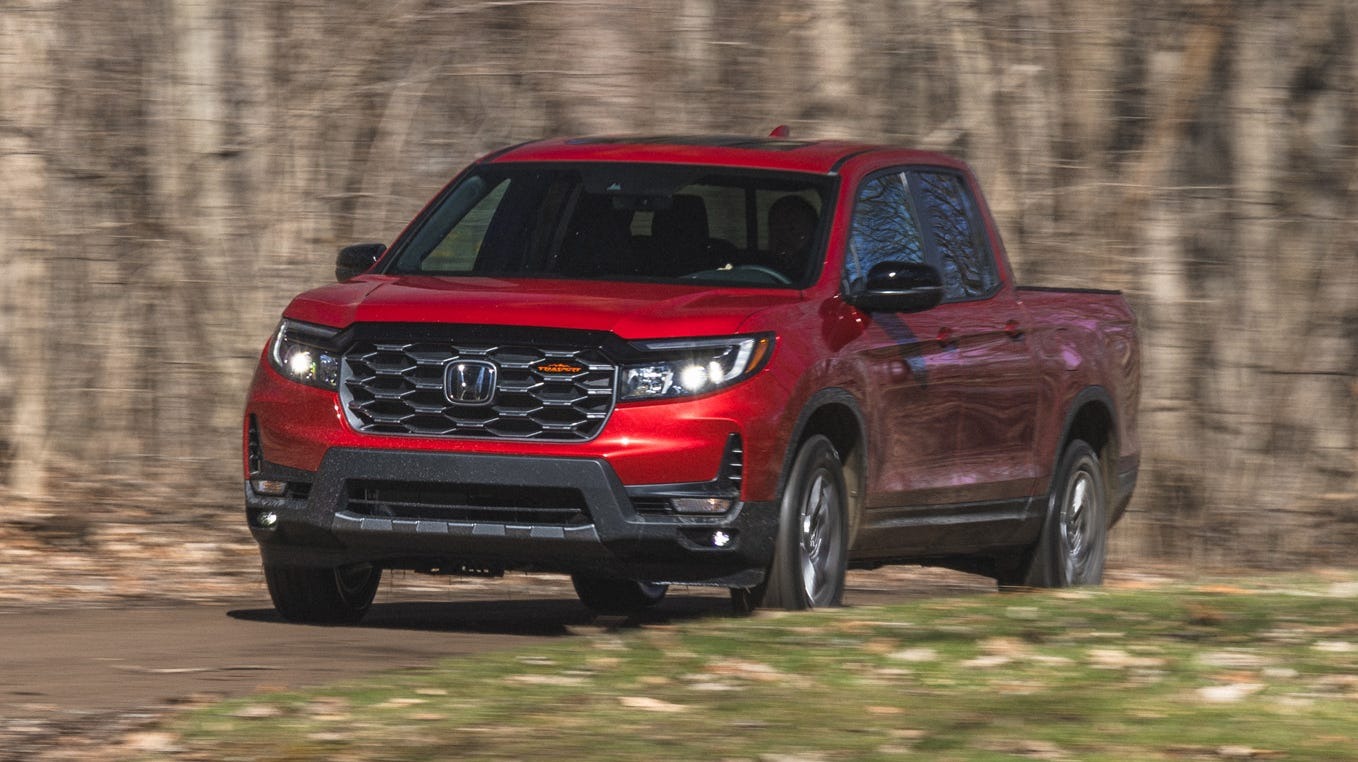
10. Honda Ridgeline – Weak Components
The Honda Ridgeline is designed with a focus on comfort, fuel efficiency, and everyday usability rather than heavy-duty work. As such, many of its parts reflect this purpose.
The frame is a unibody design, which integrates the cab and bed into a single structure. While this design provides a smooth ride and excellent handling for a pickup, it lacks the ruggedness and strength of traditional ladder frames used in most trucks. This makes the Ridgeline less suited for heavy hauling or towing.
The suspension system uses independent setups on both front and rear, which enhances ride quality but limits payload capacity. The coil springs and shock absorbers are designed for comfort and stability on paved roads rather than rough terrain or heavy loads. When the truck is loaded beyond its recommended capacity, the suspension can bottom out and wear parts faster than a traditional pickup.
Transmission and drivetrain components in the Ridgeline are also geared toward light-duty use. The truck uses a 6-speed automatic transmission paired with a V6 engine, which delivers good fuel economy but lacks the torque needed for heavy towing.
The driveshafts and differentials are lighter duty and not designed to withstand frequent heavy stress. Off-road or commercial use will quickly reveal these limitations.
Lastly, the braking system and cooling setups are less robust than those found in full-size pickups. The Ridgeline uses smaller brakes and less extensive cooling systems, which can lead to brake fade or overheating when towing heavier trailers or driving aggressively. While it excels as a daily driver and offers versatility, the Ridgeline is not a truck built for demanding heavy-duty work.
Also Read: 5 Kias That Rarely Fail Tech vs 5 That Always Have Glitches
Choosing the right pickup truck involves more than just looking at horsepower ratings or towing capacity numbers; it requires a careful understanding of the quality and durability of the parts beneath the surface.
Trucks equipped with heavy-duty components offer a level of reliability and toughness that stands up to the rigors of demanding work environments, whether that means hauling heavy loads, towing large trailers, or navigating rough terrain day after day.
These pickups benefit from strong frames made of high-strength, fully boxed steel that resist twisting and bending, ensuring the vehicle’s structure remains sound over time. Their suspension systems are designed with load-bearing springs and reinforced components that maintain ride height and stability even under maximum payloads, reducing wear on other parts.
The transmissions and drivetrains in heavy-duty trucks are built to endure high torque and stress, with robust cooling systems and durable internal parts that minimize the risk of failure during extended use.
Axles, differentials, and driveshafts in these trucks are manufactured with strength and longevity in mind, often borrowing technology from commercial and industrial vehicles, which results in greater resistance to wear and damage.

